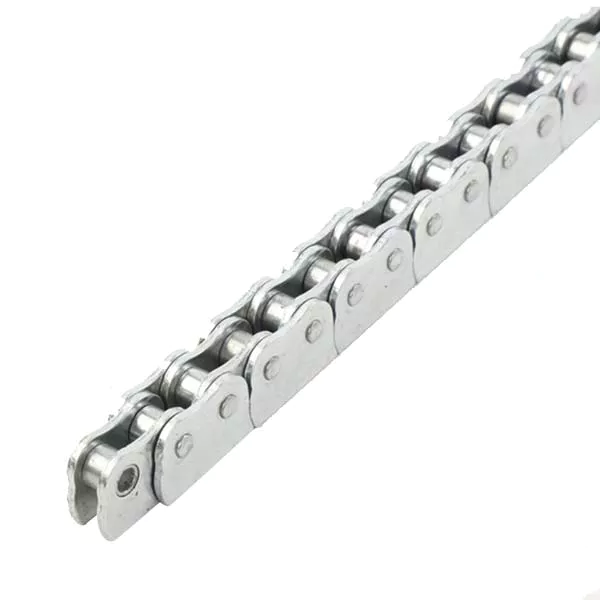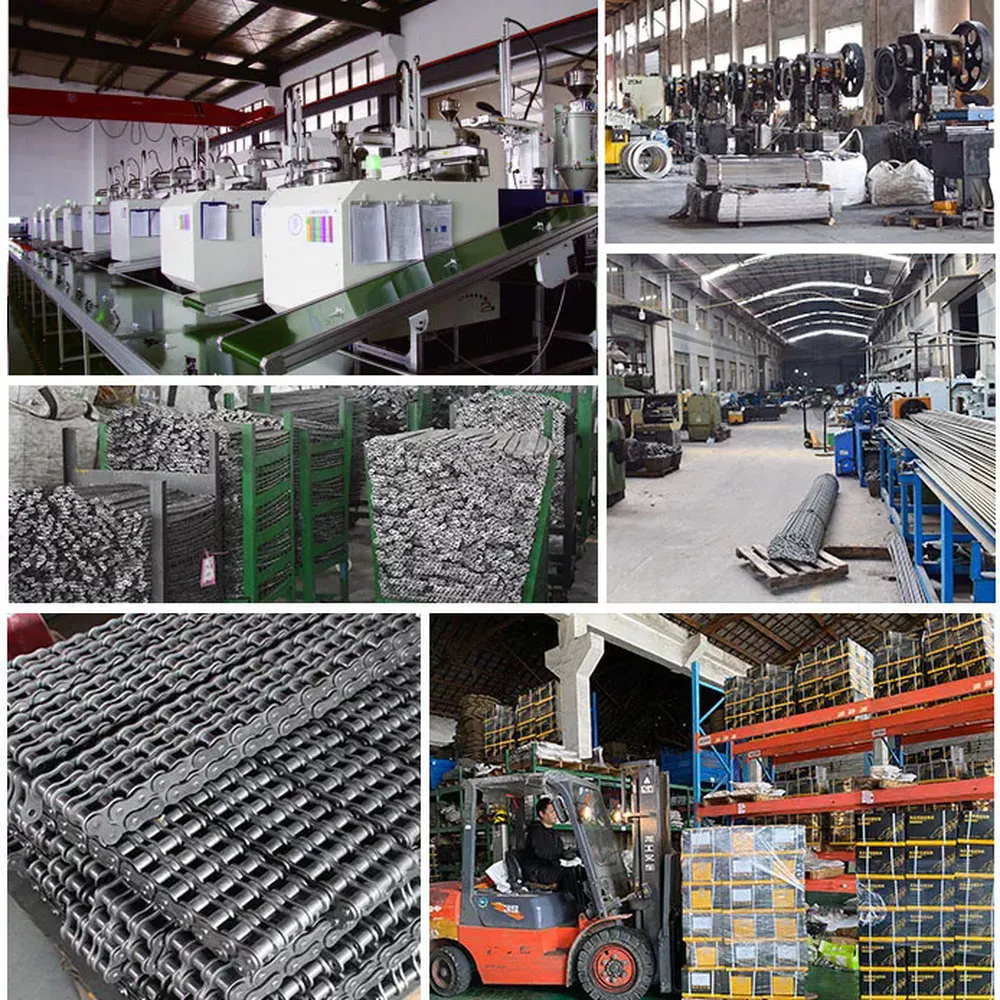In seismic research, it is crucial to have reliable and durable equipment that can withstand the extreme conditions of seismic activity. One important component that plays a vital role in ensuring the stability and accuracy of seismic research equipment is the stainless steel anti-bent chain.
1. The Importance of Stainless Steel Anti-Bent Chain
Seismic research equipment operates in challenging environments, where it is subjected to intense vibrations and forces. Ordinary chains are prone to bending and deformation under such conditions, leading to inaccurate data and potential damage to the equipment. Stainless steel anti-bent chains are specifically designed to overcome these challenges.
These chains are made from high-quality stainless steel, which offers excellent corrosion resistance and high strength. The anti-bent design ensures that the chain remains straight and intact, even under extreme vibrations and forces. This ensures the stability and accuracy of the seismic research equipment, providing reliable data for scientific analysis.
2. Applications of Stainless Steel Anti-Bent Chain
The stainless steel anti-bent chain finds wide applications in various seismic research equipment, including:
- Seismic sensors
- Inclinometers
- Accelerometers
- Seismic recorders
- Seismic monitoring systems
Each of these applications requires precise and reliable data collection, and the stainless steel anti-bent chain plays a crucial role in ensuring the accuracy of the measurements.
Why Choose Stainless Steel Anti-Bent Chain for Seismic Research Equipment
– High strength and corrosion resistance: The stainless steel anti-bent chain is made from high-quality stainless steel, ensuring its durability and resistance to corrosion in harsh environments.
– Accurate data collection: The anti-bent design of the chain ensures that it remains straight, providing precise measurements and reliable data for seismic research.
– Long-lasting performance: The stainless steel construction ensures the longevity of the chain, reducing the need for frequent replacements and minimizing downtime in research activities.
– Enhanced safety: The anti-bent chain’s ability to withstand extreme forces and vibrations enhances the safety of the equipment and researchers involved in seismic research.
Common Fault Analysis and Solutions
Despite the durability and reliability of stainless steel anti-bent chains, they may encounter certain common faults. Here are some possible issues and their solutions:
- 1. Chain deformation: If the chain shows signs of bending or deformation, it may indicate excessive force or improper installation. The solution is to check the equipment’s specifications and ensure proper installation.
- 2. Corrosion: In corrosive environments, the stainless steel chain may experience some corrosion. Regular cleaning and application of appropriate protective coatings can minimize this issue.
- 3. Lubrication issues: Insufficient lubrication can cause increased friction and wear in the chain. Regular lubrication and maintenance can help prevent this problem.
Choosing and Customizing the Right Stainless Steel Anti-Bent Chain
When selecting or customizing a stainless steel anti-bent chain for seismic research equipment, several parameters and practical considerations need to be taken into account:
- – Load capacity: The chain should be able to withstand the maximum expected loads during seismic research activities.
- – Chain pitch: The chain pitch determines the size and spacing of the chain links, and it should be compatible with the equipment’s sprockets.
- – Environmental conditions: Consider the temperature, humidity, and corrosive elements present in the research environment. Choose a stainless steel grade that offers suitable resistance to these conditions.
- – Customization: If standard chains do not meet specific requirements, customizing the chain’s length, attachment mechanisms, or other features may be necessary.
Stainless Steel Sprockets for Anti-Bent Chains
The relationship between stainless steel anti-bent chains and stainless steel sprockets is complementary and crucial for the smooth operation of seismic research equipment. The anti-bent chain relies on the sprockets’ teeth to ensure its precise movement and engagement.
Our company offers a range of stainless steel sprockets that are specifically designed to work seamlessly with anti-bent chains. These sprockets are made from high-quality stainless steel and undergo stringent quality checks to ensure their reliability and compatibility.
By choosing our stainless steel anti-bent chains and sprockets, you can ensure the optimal performance and longevity of your seismic research equipment.
At our company, we are a leading manufacturer of stainless steel chains, specializing in design, manufacturing, and sales. Our products are diverse, and we use high-quality stainless steel grades such as 304, 310, 321, 316, 410, 420, 431, 630, and 2205. These chains find wide applications in various industries, including food processing, pharmaceuticals, electronics, home appliances, automotive manufacturing, machinery, metallurgy, and wastewater treatment.
We also offer customization services based on customer requirements and provide professional solutions tailored to their needs. Our products are exported to Europe, America, Southeast Asia, and other regions.
We encourage customers to explore the benefits of our stainless steel anti-bent chains and contact us for purchasing inquiries.
Q&A:
Q: Can the stainless steel anti-bent chain be used in high-temperature environments?
A: Yes, our stainless steel anti-bent chains are designed to withstand high temperatures. However, it is essential to consider the specific temperature range and choose the appropriate stainless steel grade for the application.
Q: Can the anti-bent chain be used in underwater seismic research?
A: Yes, our stainless steel anti-bent chains are corrosion-resistant and can be used in underwater seismic research. The high-quality stainless steel construction ensures the durability and reliability of the chains even in harsh underwater environments.
Q: Can the anti-bent chain be used in portable seismic equipment?
A: Yes, our stainless steel anti-bent chains are suitable for portable seismic equipment. Their lightweight design and high strength make them ideal for applications where mobility and accuracy are essential.
Edited by Zqq.





